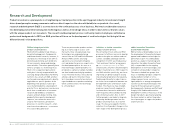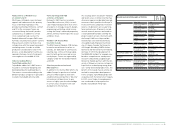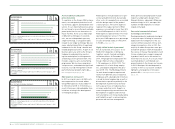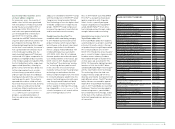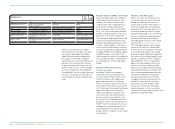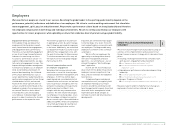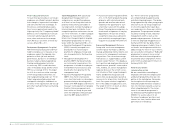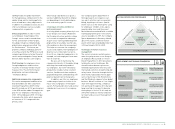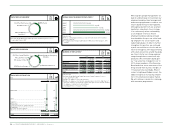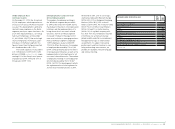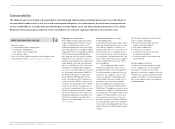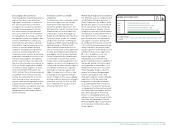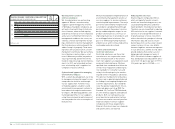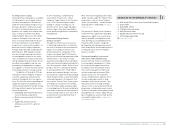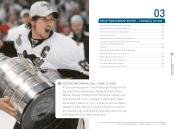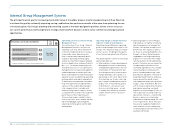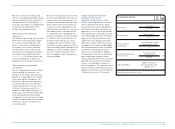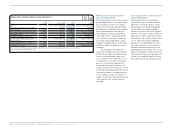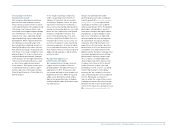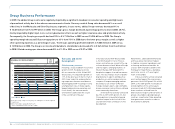Reebok 2009 Annual Report Download - page 106
Download and view the complete annual report
Please find page 106 of the 2009 Reebok annual report below. You can navigate through the pages in the report by either clicking on the pages listed below, or by using the keyword search tool below to find specific information within the annual report.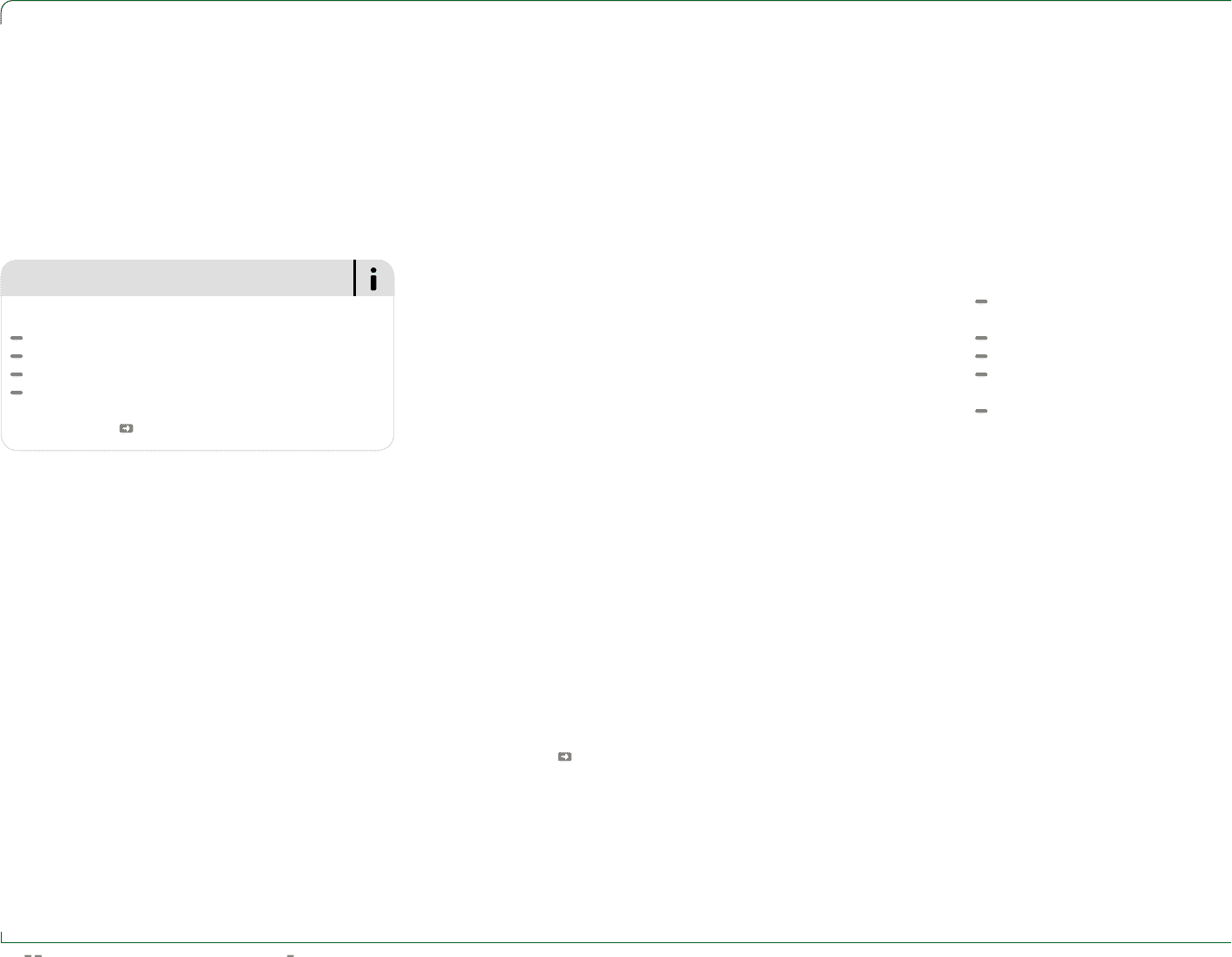
102 GROUP MANAGEMENT REPORT – OUR GROUP Sustainability
Sustainability
The adidas Group is accountable and responsible for developing and implementing sustainable business practices that adhere to
our operational needs as well as our social and environmental obligations. As a consequence, we continuously engage with our
various stakeholders in a collaborative way with the goal of enhancing the social and environmental performance of our Group.
We believe that acting as good corporate citizens will improve our corporate reputation and hence our economic value.
Engaging our stakeholders
At the adidas Group, we pursue a policy
of open dialogue with numerous stake-
holders, involving them in key social
and environmental decisions that shape
day-to-day operations. Through in-depth
engagement with, for example, the Better
Cotton Initiative and the AFIRM Work-
ing Group, we work closely with leading
companies from a variety of sectors to
develop sustainable business approaches
and to debate social and environmental
topics on a global level. This is also sup-
ported by our membership in organisa-
tions such as the World Business Council
for Sustainable Development (WBCSD),
the World Federation of the Sporting
Goods Industry (WFSGI), the Fair Fac-
tories Clearinghouse (FFC) and the Fair
Labor Association (FLA). In addition, we
recognise that open and honest commu-
nication enhances the transparency of
our business and demonstrates our com-
mitment to being accountable. Compre-
hensive information on the Group’s sus-
tainability programme is provided in our
2009 Social and Environmental Online
Report on our website www.adidas-Group.
com/sustainability.
Workplace Standards set rules
in the supply chain
Covering health and safety, labour rights
and environmental protection at our own
sites and our suppliers’ factories is of
highest importance to us. Therefore, we
have defined rules or standards by our
own corporate values as well as by what
society expects of global businesses. We
have condensed our rules into a supplier
code of conduct that we call our “Work-
place Standards”.
These Standards help us select
manufacturing partners and serve as
guiding principles in the early identifica-
tion and treatment of potential issues of
concern at our suppliers’ sites. To illus-
trate how suppliers should implement
the Standards, we have created a set of
guidelines for use in factory settings,
which are updated on a regular basis
by our Social and Environmental Affairs
(SEA) team. The guidelines are also used
to determine suppliers’ compliance with
our Standards and to advise and train our
suppliers in improving their social and
environmental performance. They are
based on International Labour Organiza-
tion (ILO) and UN conventions relating to
human rights and employment practices,
and they follow the WFSGI model code of
conduct.
Our Workplace Standards contain clear
rules of conduct regarding:
Environmentally sound, safe and
healthy working conditions.
Fair wages and benefits.
Freedom of association.
Prohibition of excessive overtime,
forced and child labour.
Protection against harassment and
discrimination.
Careful supplier selection
To improve working conditions through-
out our supply chain, our Group SEA
team works closely with the Global
Operations function on supplier selection.
The SEA team assesses all potential new
suppliers and orders can only be placed
with a new supplier when SEA approval
has been granted.
MORE INFORMATION ONLINE
Read more about:
Sustainability targets and progress
Stakeholder engagement
The “Better Place” programme
Performance data
in our 2009 Social and Environmental Online Report and
on our website at www.adidas-Group.com/sustainability.


